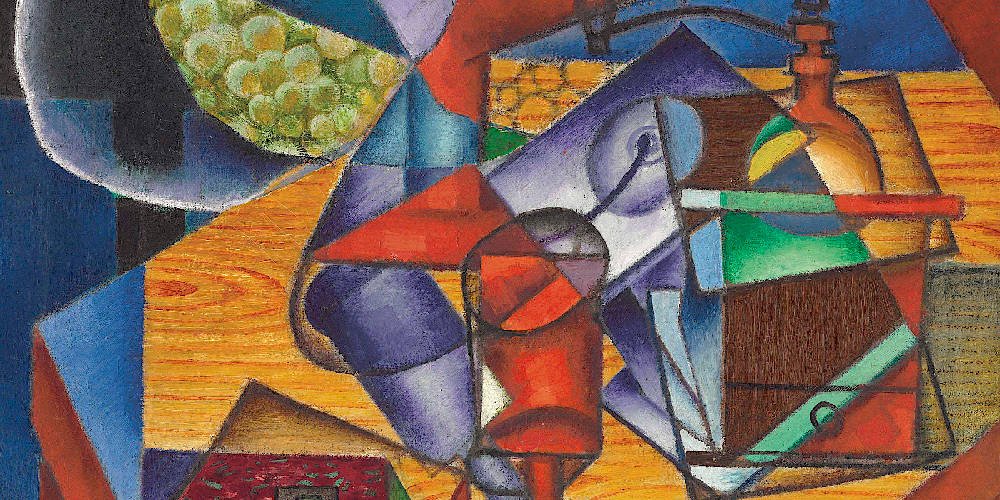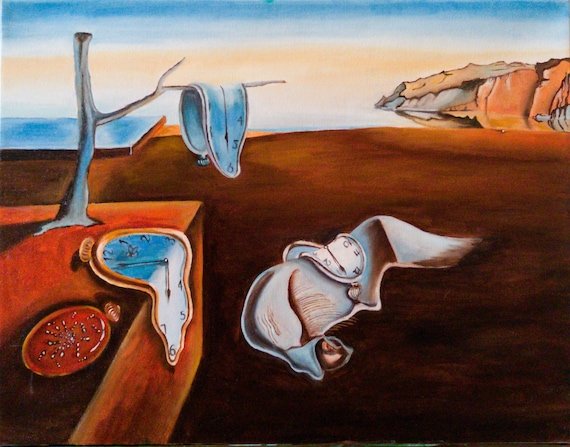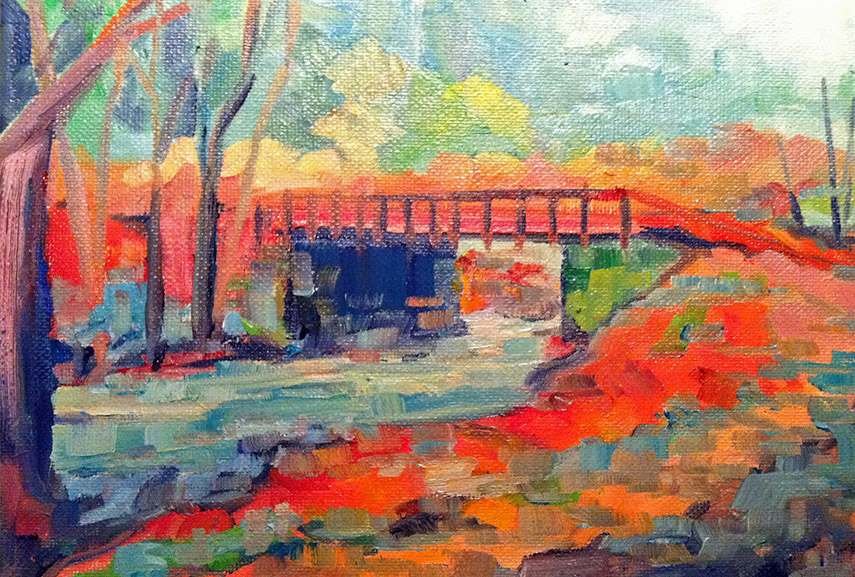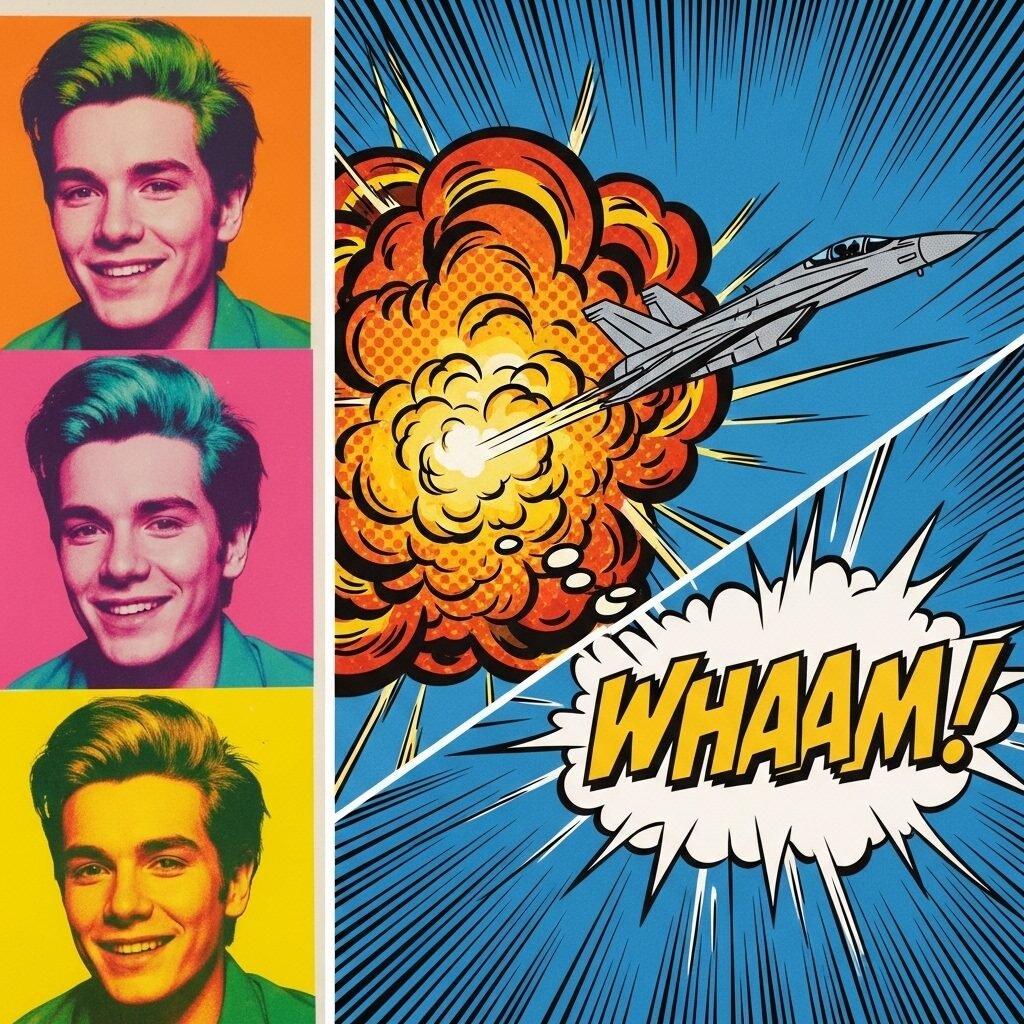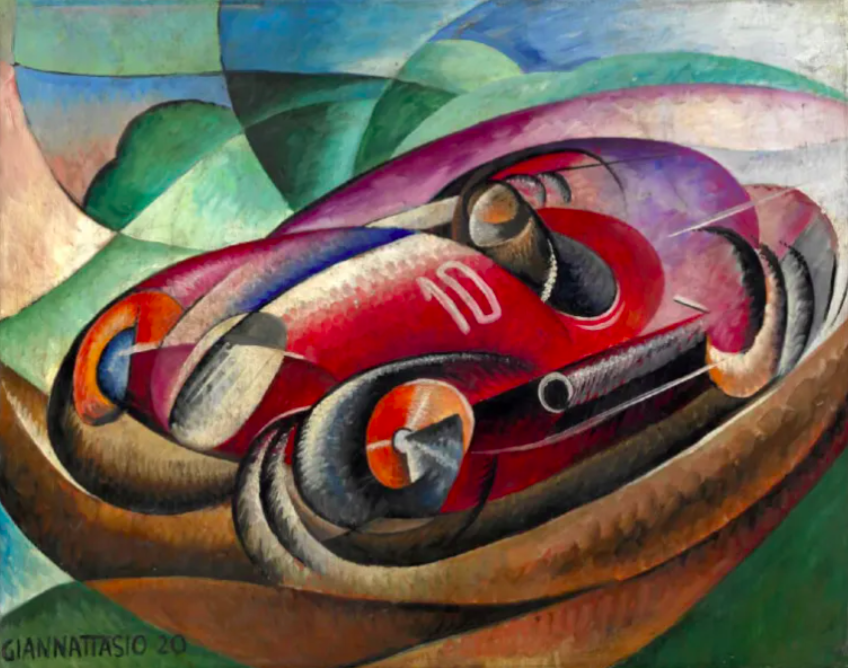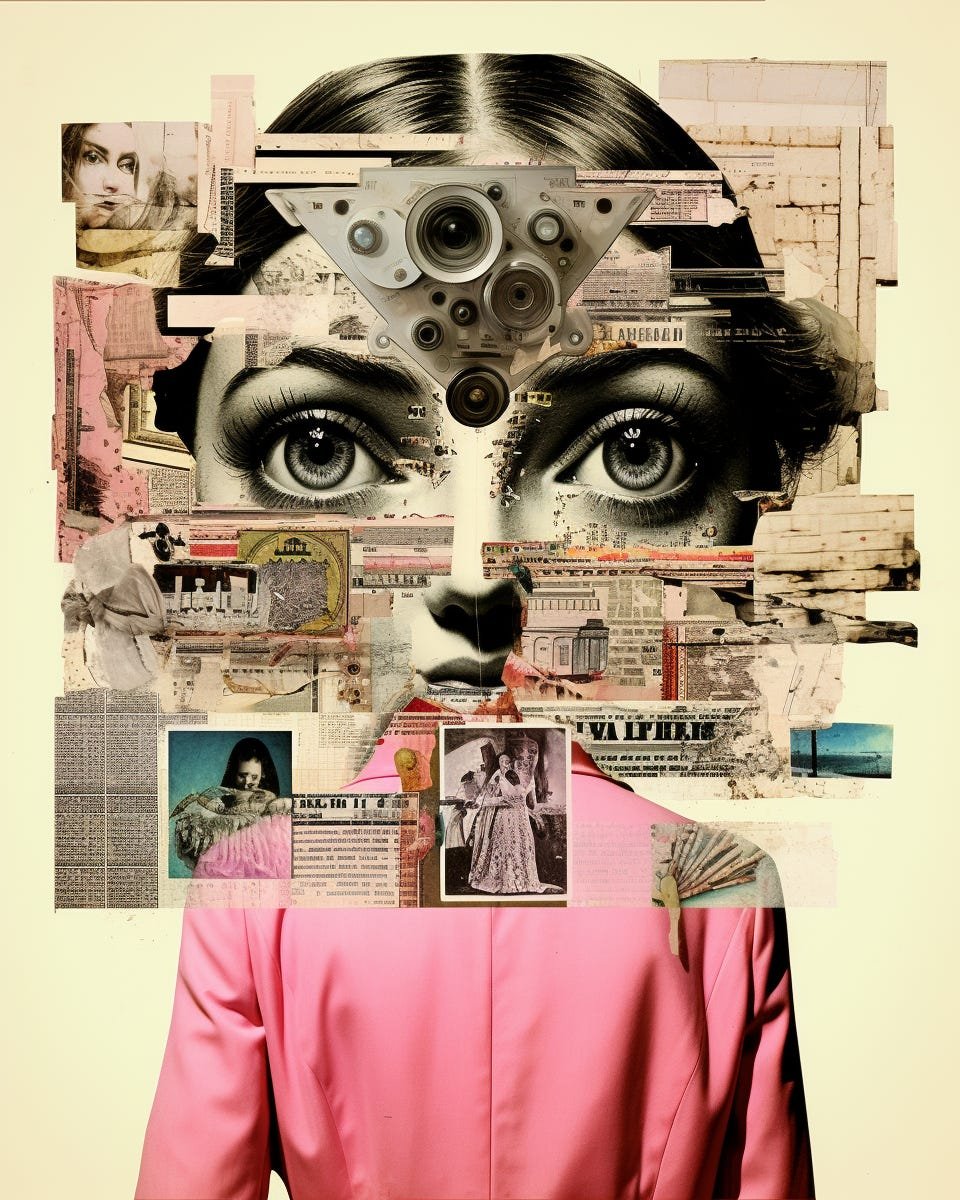Most Celebrated Art Movements
Discover the groundbreaking movements that defined modern art and continue to influence contemporary culture and artistic expression.
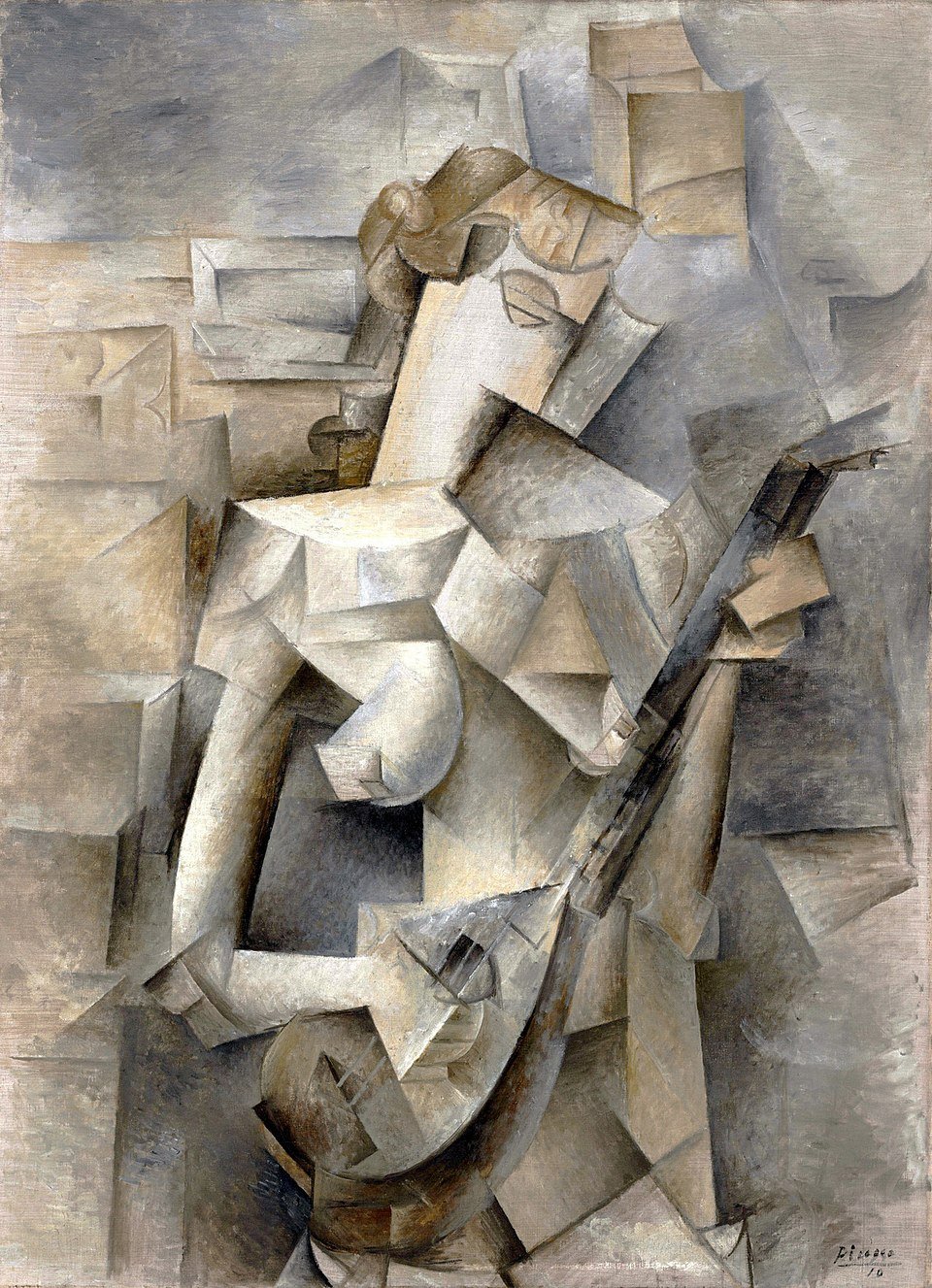
Cubism
Revolutionized art by breaking objects into geometric shapes and presenting multiple perspectives simultaneously. This movement completely transformed traditional representation in favor of abstraction.
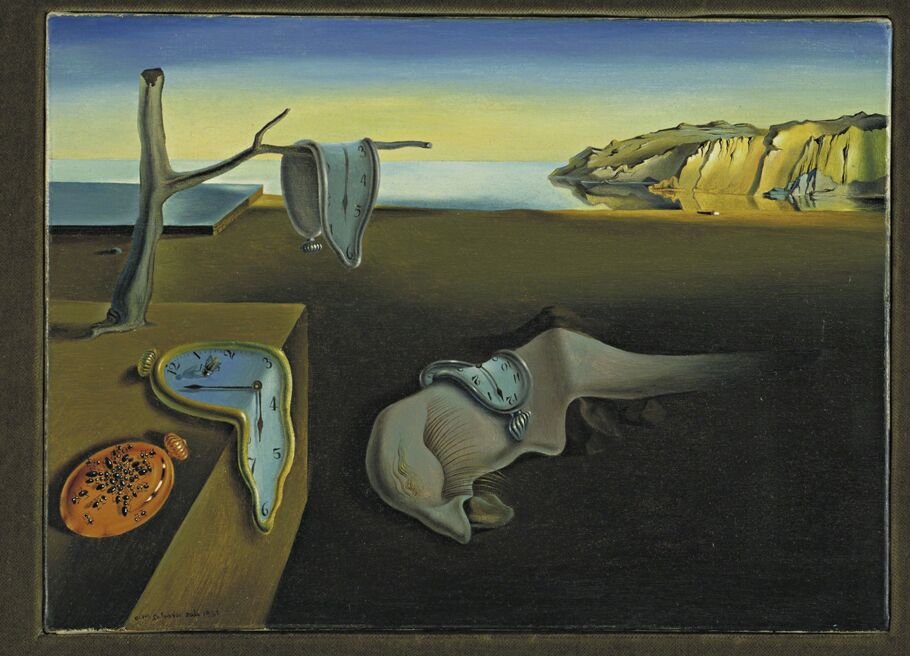
Surrealism
Explored the unconscious mind and dreams, creating fantastical imagery that challenged reality. Influenced by Freud's psychoanalysis, it became a major cultural movement.
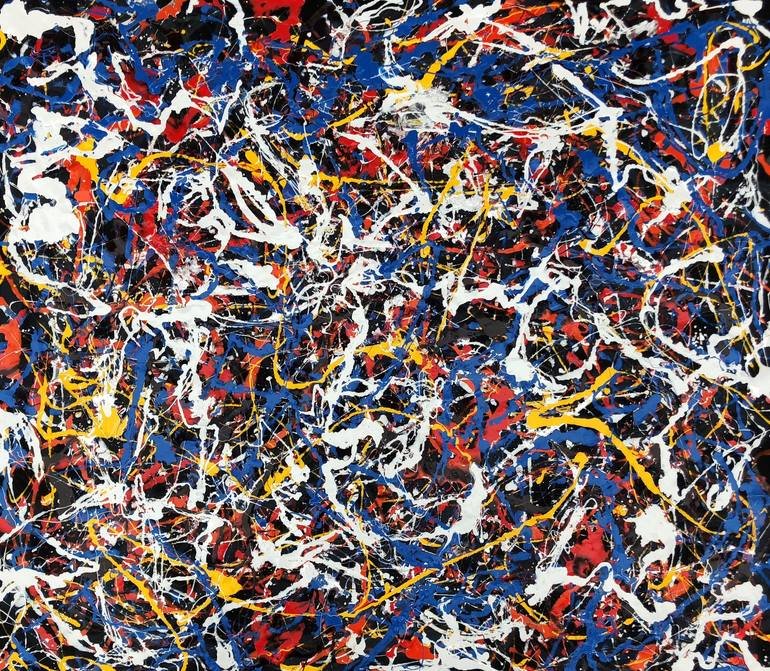
Abstract Expressionism
The first major international art movement to originate in the United States, featuring bold, gestural brushwork and emotional intensity through pure abstraction.
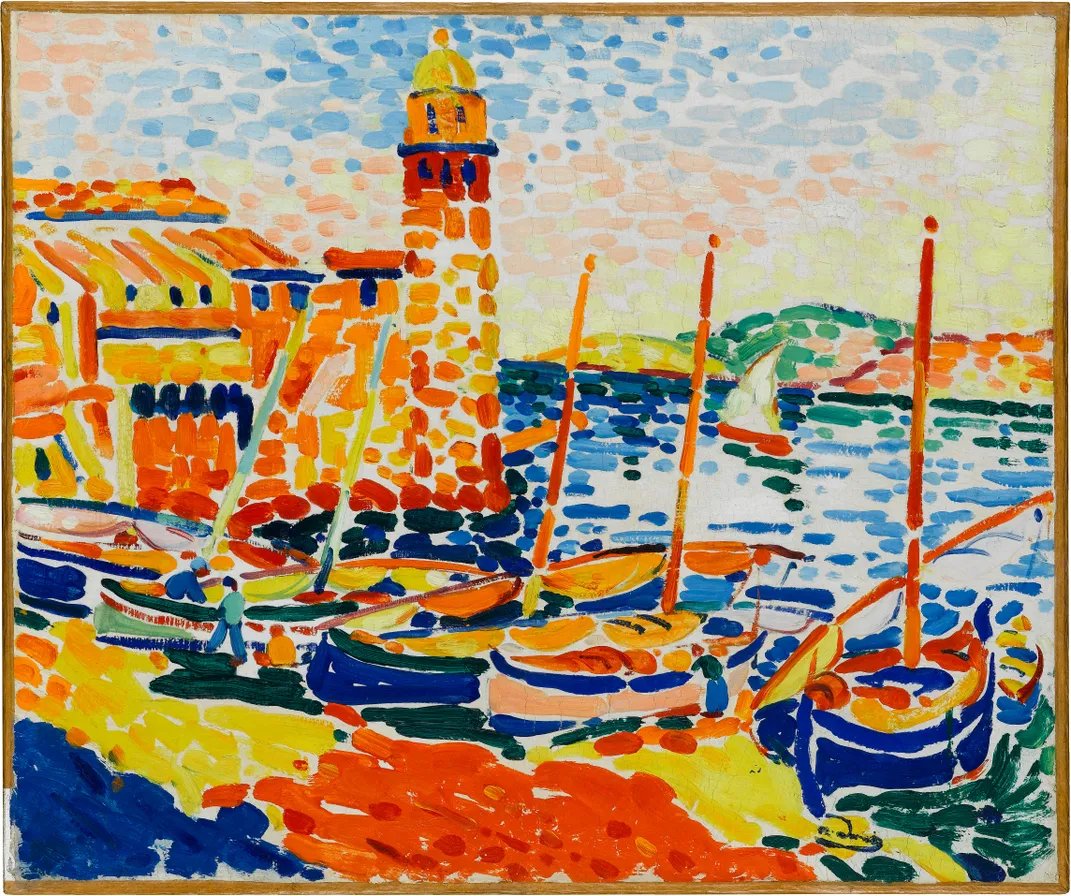
Fauvism
Known as "Wild Beasts," Fauvists used bold, non-naturalistic colors and expressive brushwork, prioritizing emotional expression over realistic representation.
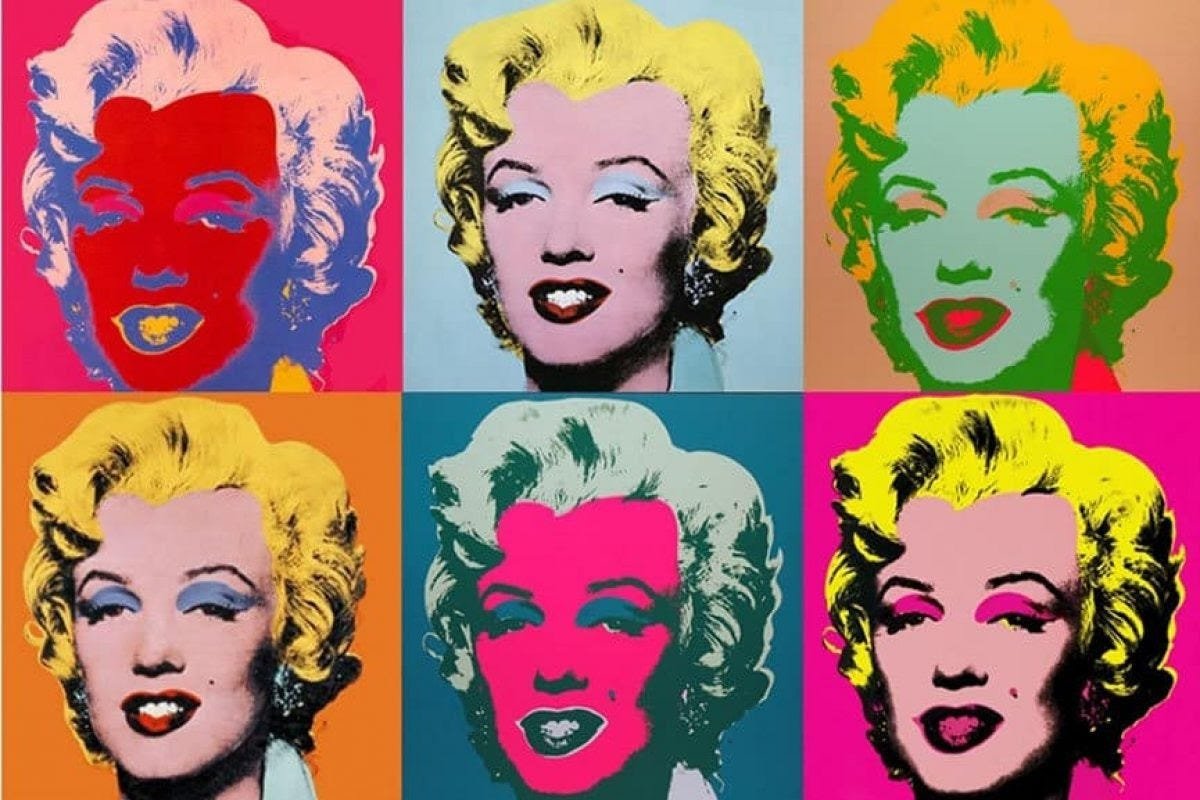
Pop Art
Celebrated popular culture and mass media, transforming commercial imagery into fine art. It challenged the boundaries between "high" and "low" culture.
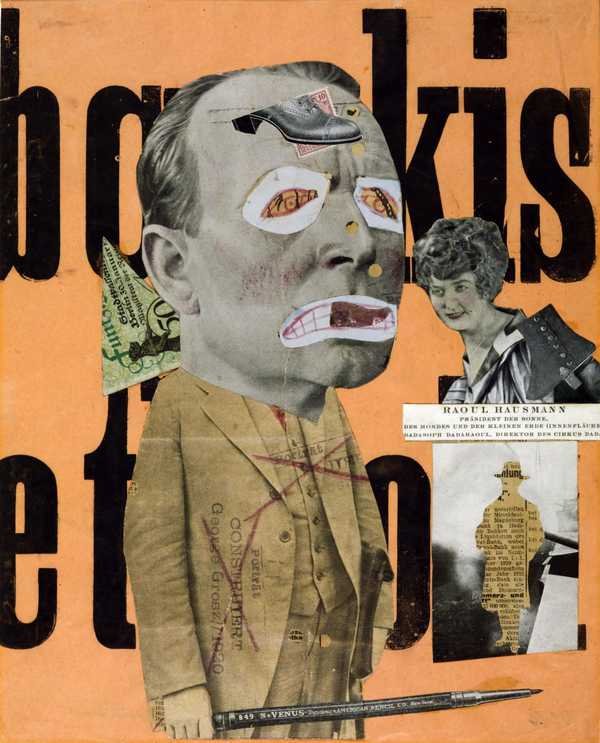
Dadaism
An anti-art movement that rejected traditional artistic values, using unconventional materials and techniques to challenge bourgeois society and war culture.
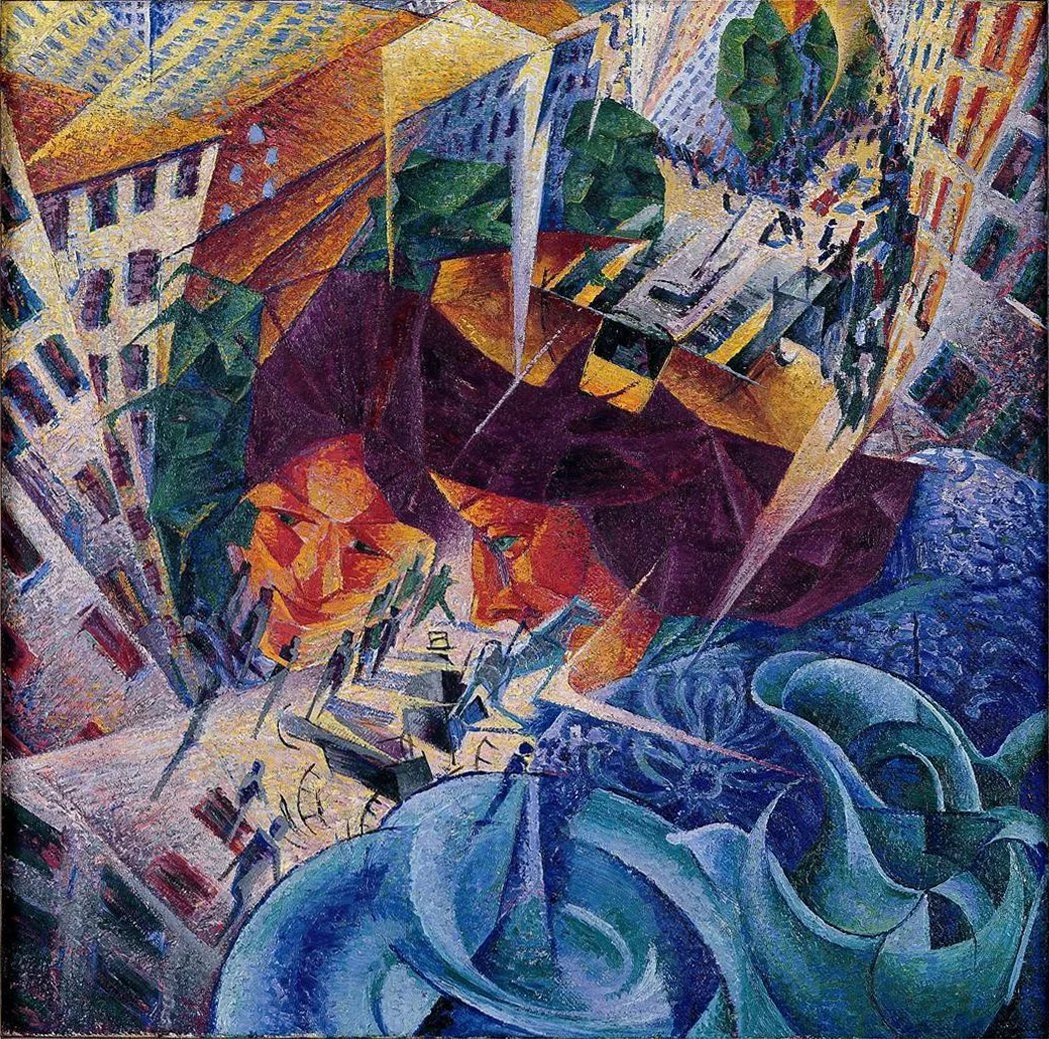
Futurism
Celebrated speed, technology, and modernity, depicting dynamic movement and the energy of industrial progress through fragmented, energetic compositions.
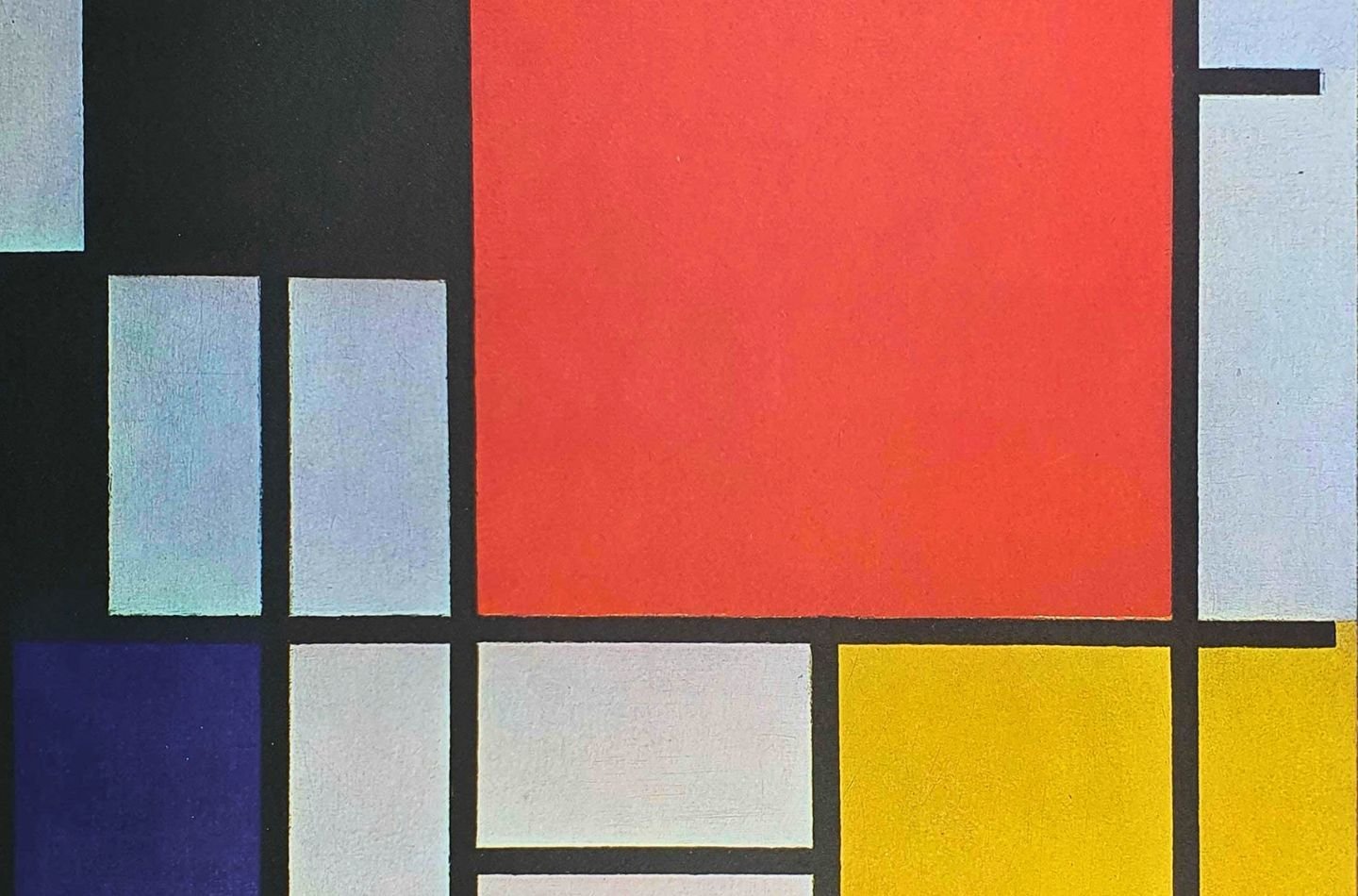
De Stijl
Dutch movement emphasizing pure abstraction through geometric forms, primary colors, and straight lines, seeking universal harmony through simplicity.
